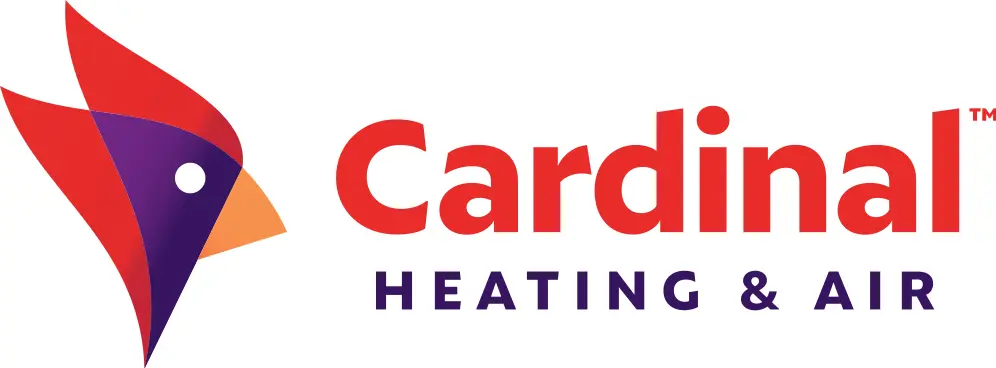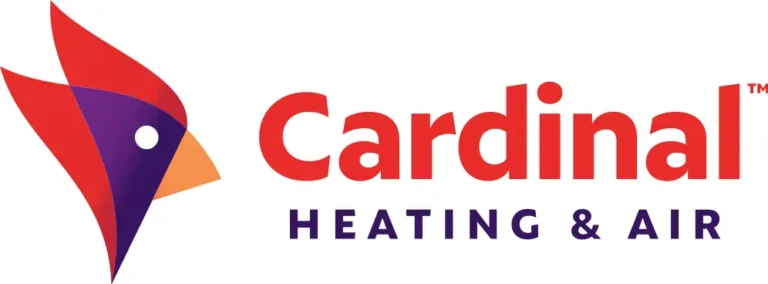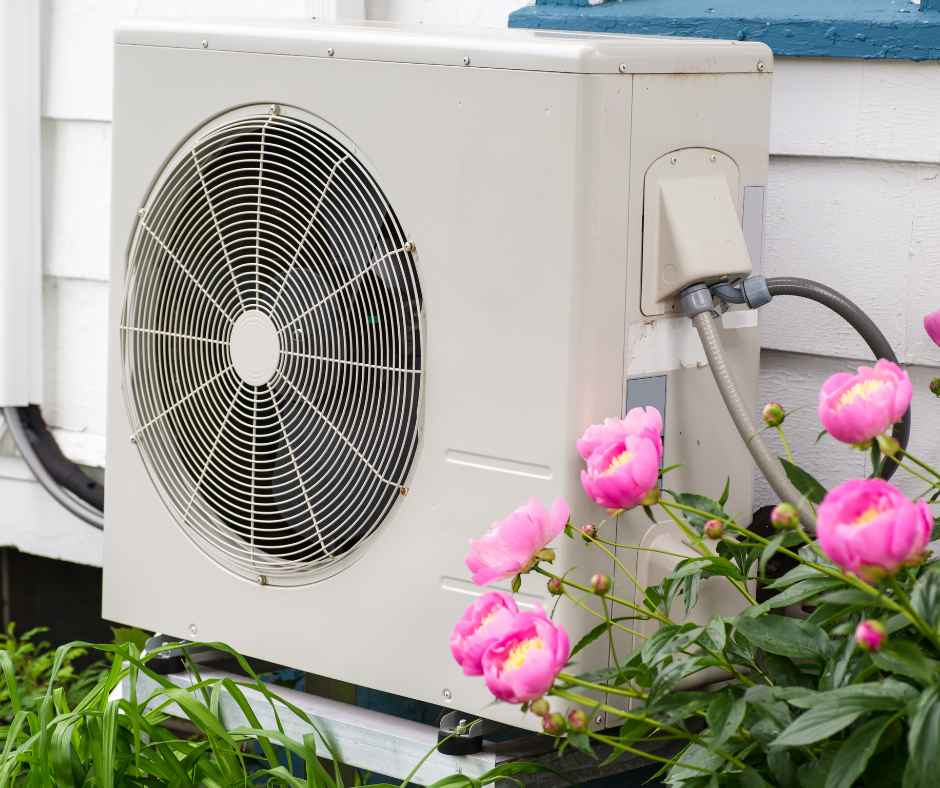As temperatures drop in Kirkland, WA, there’s nothing more frustrating than turning on your heater, only to have it blow cold air. This issue can leave your home chilly and uncomfortable, which is the last thing you want during the colder months. If you’re asking yourself, “Why is my heater blowing cold air?” you’re not alone. There are several reasons why this could happen, ranging from simple fixes to more complex issues that require professional attention. In this blog, we’ll explore some common causes and provide guidance on what to do when your furnace blows cold air.
1. Thermostat Settings
One of the first things to check when your heater is blowing cold air is the thermostat. It might sound too simple, but often the issue lies with incorrect settings. Ensure that your thermostat is set to “heat” and not “cool” or “fan.” If it’s set to “fan,” your system will circulate air without heating it, leading to the sensation that your furnace blows cold air. Additionally, check the temperature setting to make sure it’s high enough to trigger the furnace to start heating.
If the thermostat settings are off, adjust them to the correct mode and temperature. If this doesn’t solve the problem, you may need to inspect other potential issues.
2. Pilot Light or Ignition Issues
For homes with older gas furnaces, a common issue is a pilot light that has gone out. Without a lit pilot light, the furnace cannot ignite the gas to produce heat, which is why your heater is blowing cold air. In modern furnaces, there may be an electronic ignition system that can also experience faults, leading to the same result.
If you have an older furnace, check to see if the pilot light is out. If it is, try relighting it according to your furnace’s manual. For furnaces with an electronic ignition, consult the manual for troubleshooting steps, or contact a professional if you’re unsure.
3. Dirty or Clogged Air Filter
A dirty or clogged air filter can severely restrict airflow in your heating system, causing it to overheat and shut down the burners as a safety precaution. When this happens, the blower will still run, but it will only circulate cold air because the furnace isn’t producing heat.
Check your air filter and replace it if it’s dirty. It’s recommended to change the filter every 1-3 months, depending on usage and the type of filter. Regular maintenance of your air filter can prevent issues like this from occurring.
4. Problems with the Ductwork
Leaky or poorly insulated ductwork can be another culprit when your furnace blows cold air. If there are gaps or holes in the ducts, warm air can escape before it reaches your living spaces, causing you to feel only cold air coming from the vents.
Inspect your ductwork for visible signs of damage or leaks. While some minor issues can be sealed with duct tape, significant problems may require professional duct repair or replacement.
5. The Furnace is Overheating
Furnaces have a built-in safety feature that shuts down the burners if the system overheats. However, the blower fan may continue to run, which can make it seem like the heater is blowing cold air. Overheating can be caused by restricted airflow (as mentioned with dirty filters) or by issues within the furnace itself.
If replacing the air filter doesn’t fix the problem, the furnace may need a thorough inspection by a professional. Overheating issues can lead to more serious damage if not addressed promptly.
6. Low Fuel Supply (Gas or Oil)
If your furnace relies on natural gas or oil, an insufficient fuel supply can lead to a situation where the heater blows cold air. This could be due to a closed valve, an empty oil tank, or issues with the gas line.
Ensure that your gas valve is open and that you have an adequate fuel supply. If you suspect a problem with the gas line, contact your utility company or a professional HVAC technician immediately.
7. Faulty Heating Elements in Electric Furnaces
For homes with electric furnaces, faulty heating elements can be the reason your heater is blowing cold air. Electric furnaces rely on heating elements to warm the air, and if these elements fail, the furnace will only circulate unheated air.
Faulty heating elements typically require replacement by a professional. It’s best to have an HVAC technician diagnose and repair the issue to ensure your system operates safely and efficiently.
8. The Furnace Needs a Reset
Sometimes, your furnace may simply need to be reset. This can happen after a power outage or when the system has encountered a minor fault that triggers a shutdown.
Locate the reset button on your furnace (usually near the blower motor). Press and hold it for a few seconds, then release it. If your furnace starts operating normally again, the issue may have been a simple glitch. However, if the problem persists, further inspection may be needed.
Don’t Let a Cold Blast Ruin Your Comfort
Dealing with a furnace that blows cold air can be frustrating, especially during the colder months. By understanding the potential causes—whether it’s a simple thermostat issue or a more complex problem like a faulty heating element—you can take the appropriate steps to restore warmth to your home. However, not all issues can be resolved with DIY solutions, and sometimes professional help is necessary.
If you’re still wondering, “What does it mean when the furnace blows cold air?” or “What’s wrong when your furnace blows cold air?” it’s time to call in the experts. At Cardinal Heating & Air, we’re dedicated to keeping homes in Kirkland, WA, warm and comfortable. Contact us today for all your heating repair needs, and let us ensure your furnace is ready to keep the cold at bay.


